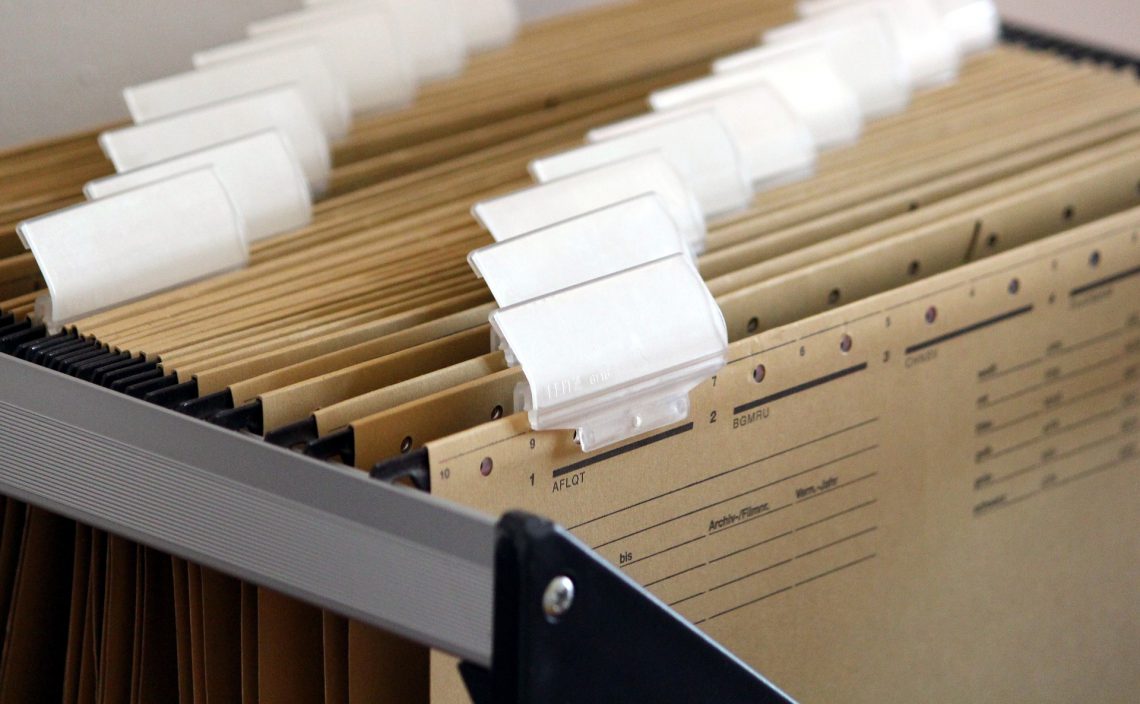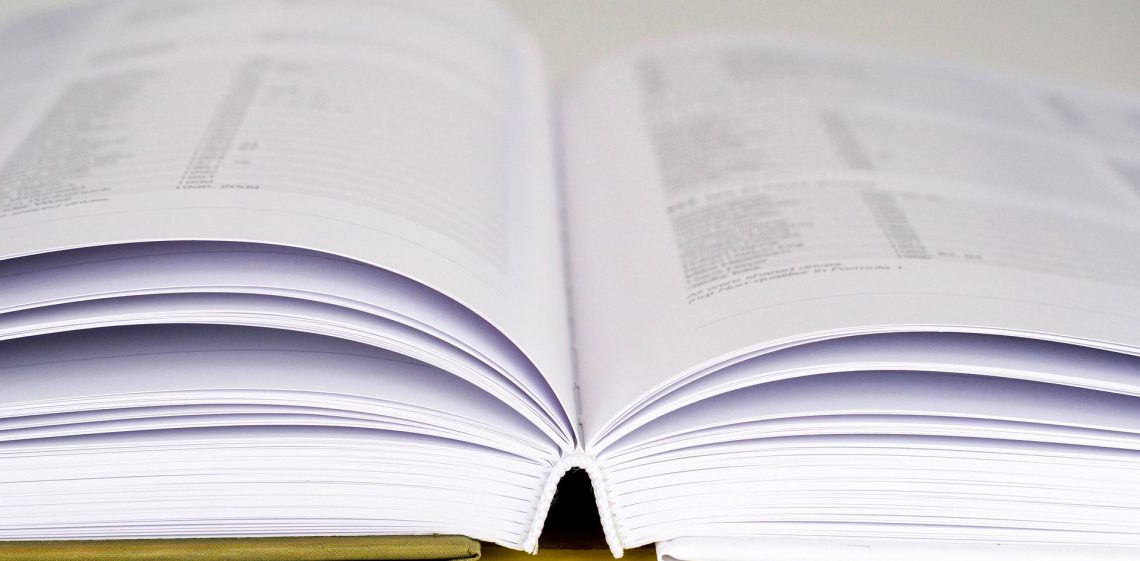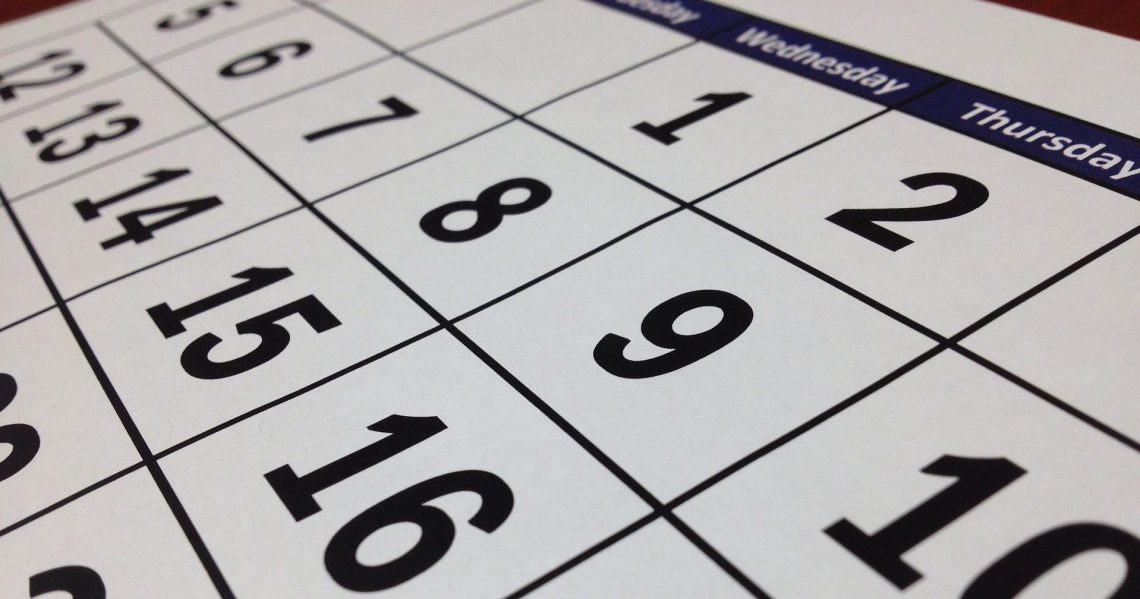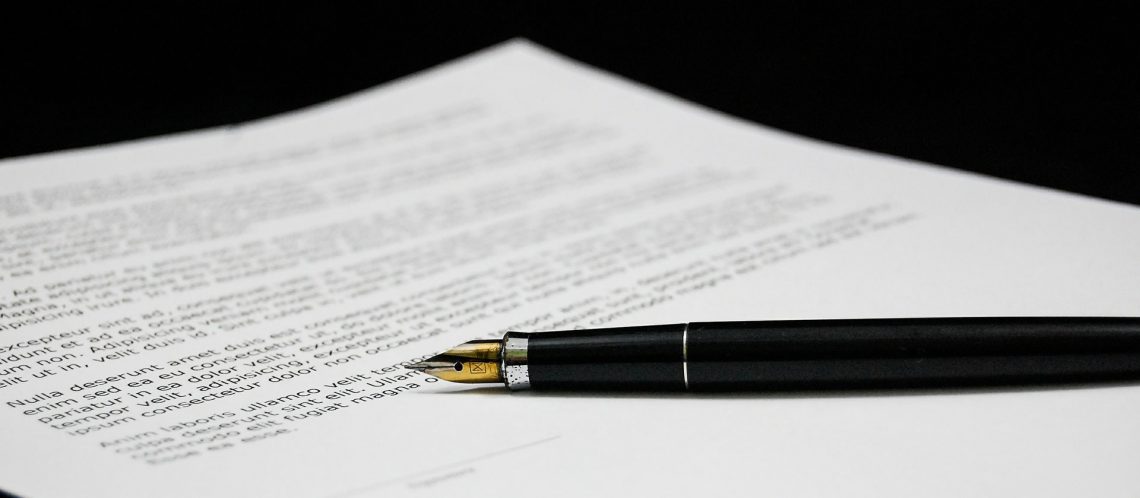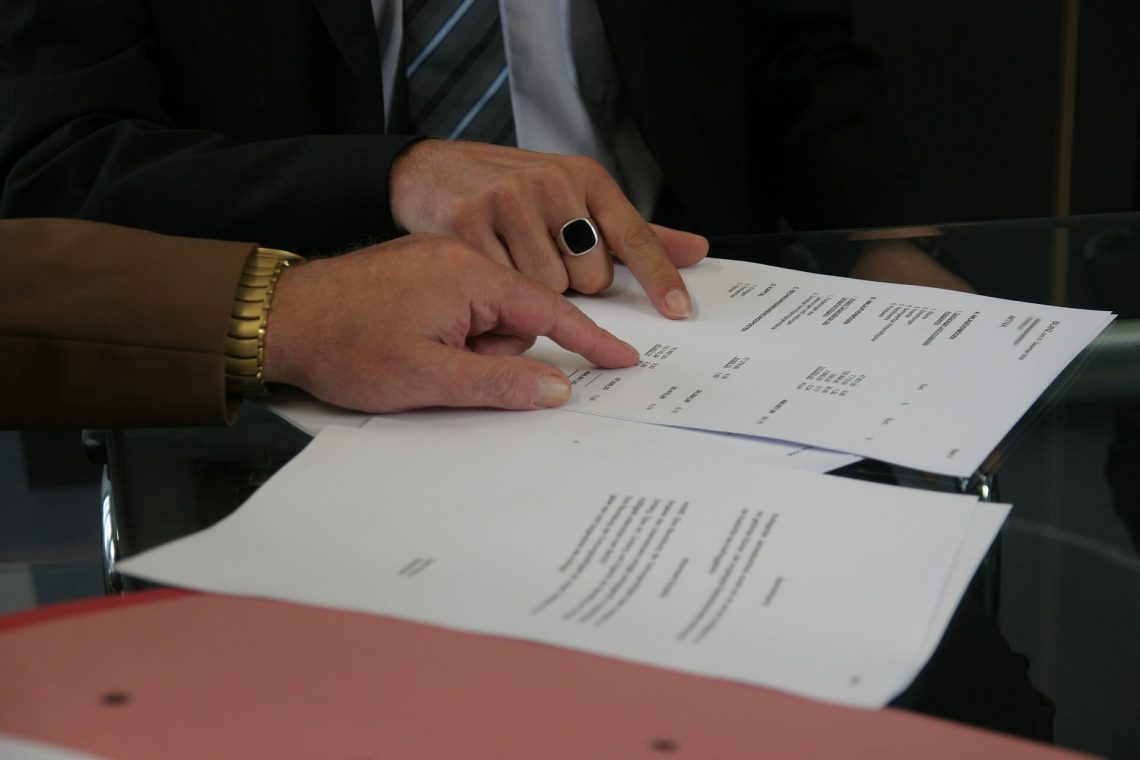A trademark class is a category in which a trademark is put into. Each class covers certain similar goods or services which the trademark covers. For example, class 25 covers clothing. If you apply for a trademark and tell the trademark office that your trademark will be used to represent shirts, for example, your trademark will be put into class 25. You can potentially get a trademark for a name that someone already has a trademark for, if you apply for a different class. Continue Reading
There are 45 trademark classes which help the US Trademark Office group trademarks into what goods or services they cover. Here we list them all. Continue Reading
A patent filing date is the date the Patent Office acknowledges as the date you applied for a patent on your invention. It is important because it establishes who should get the patent first, or what we call priority. Who has the first priority to get a patent for an invention if two people apply for a patent application on the same or similar invention? That is determined by who has the earlier filing date. However, the patent filing date of your patent application could be different from the date you actually filed your patent application, resulting in the difference between the actual filing date versus the effective filing date. Continue Reading
A trademark is a word, phrase, slogan, logo, or symbol that represents your product or company. It is an identifier of source, where if someone sees your trademark they will know that the product or service labeled with your trademark is coming from your company and not from somebody else. Let’s study Coca-Cola’s trademarked logo to learn more about what is a trademark. Continue Reading
It is a fact that there is no such thing as an “international patent” where one patent gives patent rights for all countries. This is because each country has their own patent office, laws, and jurisdiction. As such, to get patent rights in each country, you need apply for a patent in each country. An exception to this is that some countries have a consolidated application such as the European Union, for example. The main point is you still need to apply for a patent in each country you want patent rights is, there is no one patent that covers all countries. The closest thing, however, is the PCT Patent Application, properly termed the PCT Application. Importantly, the PCT Application is not a patent yet. It is better understood as a place holder, or time extender, to hold your place in line with international patent offices. Before the PCT application expires, you convert it into a full non-provisional patent application in each country you want to apply for patent rights in. So how does it work? Continue Reading
After filing a full non-provisional patent application to request 20 years of patent rights, it must be examined by the US Patent Office (USPTO) who will determine whether you are eligible for a patent. It is very possible to receive a preliminary rejection, what we call an office action. So what are the reasons why patents get rejected? Continue Reading
Why do startups need business plans? Every good entrepreneur knows that running business almost never goes as planned. Being able to adapt to changes a fundamental trait of being a successful entrepreneur. If a business startup hardly ever follows its plan, why is having a business plan still a fundamental necessity for any startup?
Continue ReadingYou can potentially patent any idea that is novel, non-obvious, and useful.
We like to use the term idea instead of invention because many people strictly interpret the word invention as a physical item such as a light bulb. Patents, however, can be obtained to protect many ideas that are not physical objects. In this post, we discuss several types of inventions which has potential to get a patent. Continue Reading
Understanding Provisional Patent Applications
A provisional patent application is a quick and relatively inexpensive way to declare an invention as your own. When you submit a provisional patent application to the United States Patent Office (USPTO), you establish what you have invented as well as a filing date. Filing dates are important in patent law because it essentially establishes who created a particular invention first, and subsequently, who has rights to that invention. It may be possible that someone, somewhere, is currently thinking of your same idea! Whoever submits their invention to the USPTO first, and has an earlier filing date, will have first opportunity to get a patent for that invention. Having a provisional patent application also allows you to legally use the term “patent pending” when marketing your idea. Continue Reading
Provisional Patent or Non-Provisional Patent?
Provisional patent application for 12 months or non-provisional patent application for 20 years? It depends on your objectives
With a provisional patent, you have the option to turn the provisional patent into a non-provisional patent within 12 months. The question is: Should you file a provisional patent first and then file the non-provisional patent later? Or, skip the provisional patent and go straight to the non-provisional patent? Continue Reading

